The theater triumphs of George Arliss have been enshrined in reasonably effective film versions – his personality being the raison d’etre to see them all. DISRAELI debuted in 1911 and was filmed in 1921 as a silent, and again in 1929 as a talkie. ALEXANDER HAMILTON debuted in 1917, filmed in 1931. THE GREEN GODDESS debuted in 1921, filmed in 1923 and 1929. OLD ENGLISH debuted in 1925, filmed in 1930. Between the years of these successes were many false starts – promising plays that didn’t succeed. Here we will take a look at some of these well-mounted but forgotten plays (with one exception) and the characters that Mr. A so carefully created for them.
THE DEVIL was a sly comedy written by Ferenc Molnar that served as Mr. A’s very first starring vehicle in 1908. Playing the title role, the Arliss production had to compete with other versions at the same time due to the lack of copyright protection for this particular play. But he managed to eke out a full season, first in New York and then on tour. Here’s some imaginative marketing to publicize the 1921 film version:

SEPTIMUS was based on a popular novel by W.J. Locke that became Mr. A’s second starring play for the 1909-1910 season. The title character was an absent-minded inventor who was so absorbed in his work he didn’t seem to mind giving up his true love. Audiences were not pleased:

Following the incredible five-year run of DISRAELI, 1911-1915, many prominent playwrights were offering their talents to craft Mr. A’s next vehicle. He got together with Edward Knoblock to create another historical portrait for the 1916-1917 season. This time it was the early 19th century violinist Nicolo Paganini. Friends told Mr. A that PAGANINI was “very interesting,” which he knew doomed the play’s chances to be a popular success. It lasted for 48 performances in New York:

After HAMILTON completed its two-year run beginning in 1917, Mr. A was again on the prowl for a play. A Philadelphia lawyer sent Arliss a play he had co-authored with a novelist about the 18th century philosopher Voltaire. Mr. A seems to have read every play sent to him by anybody and everybody. He added his own revisions to the script, uncredited, then obtained a producer’s promise to stage it for the 1919-1920 season.
But the producer reneged, perhaps fearing that VOLTAIRE was just another PAGANINI type of flop. Here is a tinted photo from the 1933 film that made a bundle for Warner Bros., a 29% profit over the combined production and distribution costs – and during the worst year of the Great Depression. Some producer in New York was probably kicking himself by then:

Booth Tarkington was a friend of Mr. A’s and wrote a topical post-World War I play concerning Bolsheviks in America in 1920. Mr. A played the title character in POLDEKIN and was supported in the cast by a young Edward G. Robinson, and a future Charlie Chan, Sidney Toler. But the comedy-drama of a Bolshevik who comes to love America was too offbeat for the temper of the times and it lasted only 44 performances in New York, despite the top-rated author and the star:
Despite the failure of POLDEKIN, the 1920s was an incredibly successful decade for George Arliss. He enjoyed back-to-back hits with THE GREEN GODDESS and then with OLD ENGLISH. By 1928 he was scouting for a new vehicle and his producer, Winthrop Ames, selected Shakespeare’s THE MERCHANT OF VENICE. Mr. A played Shylock:


The beautiful program cover for this play is undimmed by Time:

The choice of the play was actually made by Mrs. Ames whose husband gave her a choice for her birthday gift: either a pearl necklace she admired or the play. Mrs. Ames chose the play:

The cast included a number of actors who would appear with Mr. A in his 1930s films including Murray Kinnell (who later suggested that Mr. A hire an unknown actress named Bette Davis), Hardie Albright, Henry Morrell, and Romney Brent (misspelled in the program):

Portia was played by Peggy Wood, later the Mother Superior in THE SOUND OF MUSIC (1965), among other things. Spring Byington, who played Portia’s maid, later became a beloved character actress in movies and television:

Mr. A would later try to persuade film producers to make THE MERCHANT OF VENICE into a movie, but they declined, perhaps owing to the stereotyping of Shylock. Mr. A said that Shylock was really the most honest character in the play – others were engaging in deception while Shylock said what he meant and meant what he said. But MERCHANT would not be made into a major film until Al Pacino played Shylock in 2004. Here’s another study of Mr. A:

THE MERCHANT OF VENICE did well in its New York run and was successful on tour throughout the United States, even as the Jazz Age reached its zenith. This play would mark Mr. A’s final appearance on the stage. During the play’s run in Los Angeles, Jack Warner and Darryl Zanuck visited Mr. A backstage to ask if he would be interested in making talking pictures – the rest is history.




























































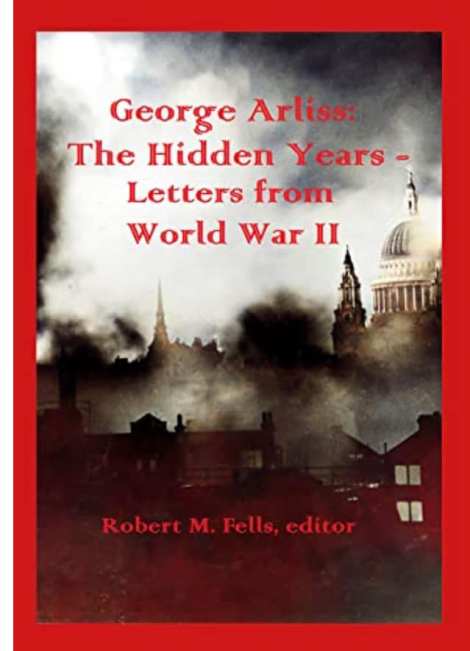
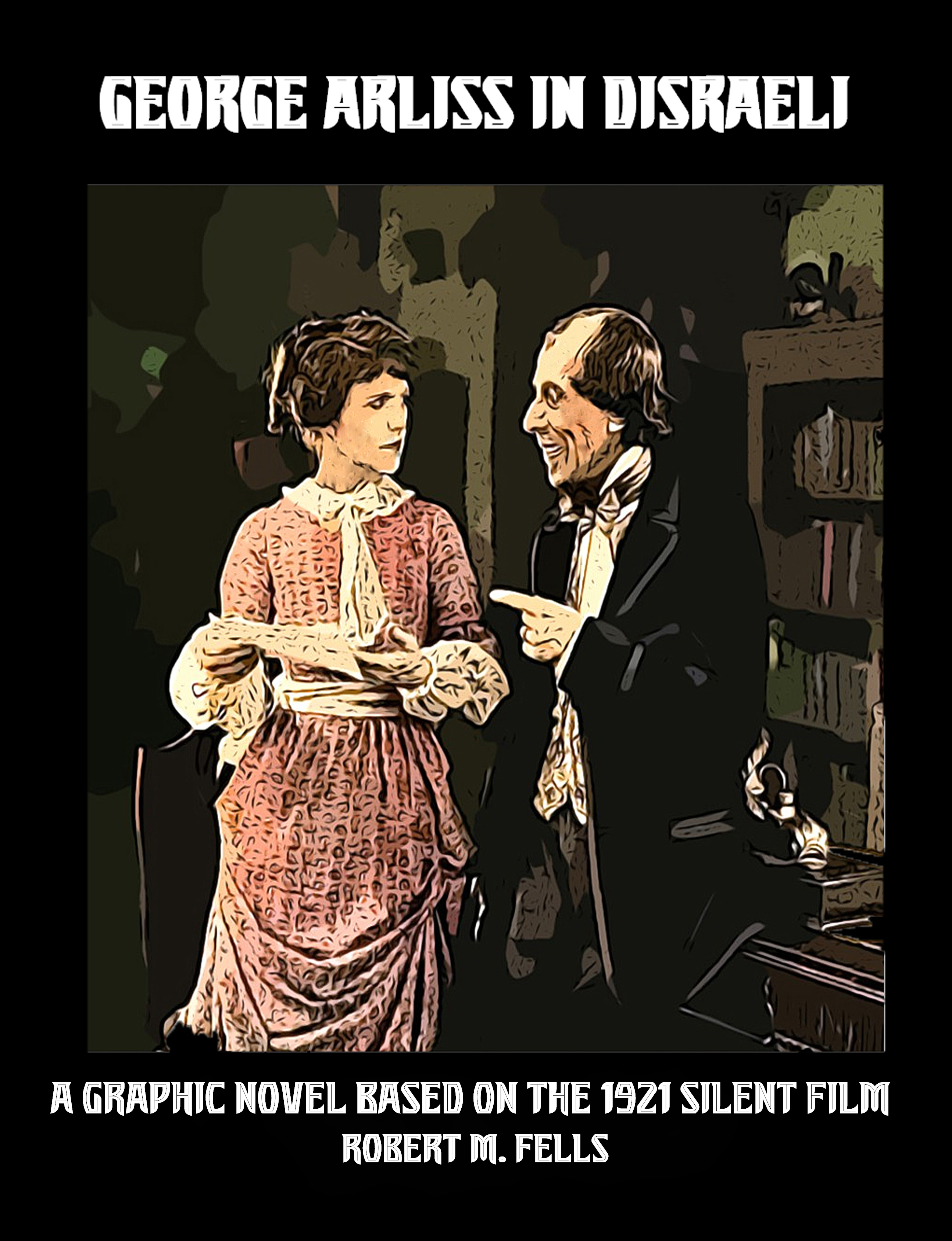
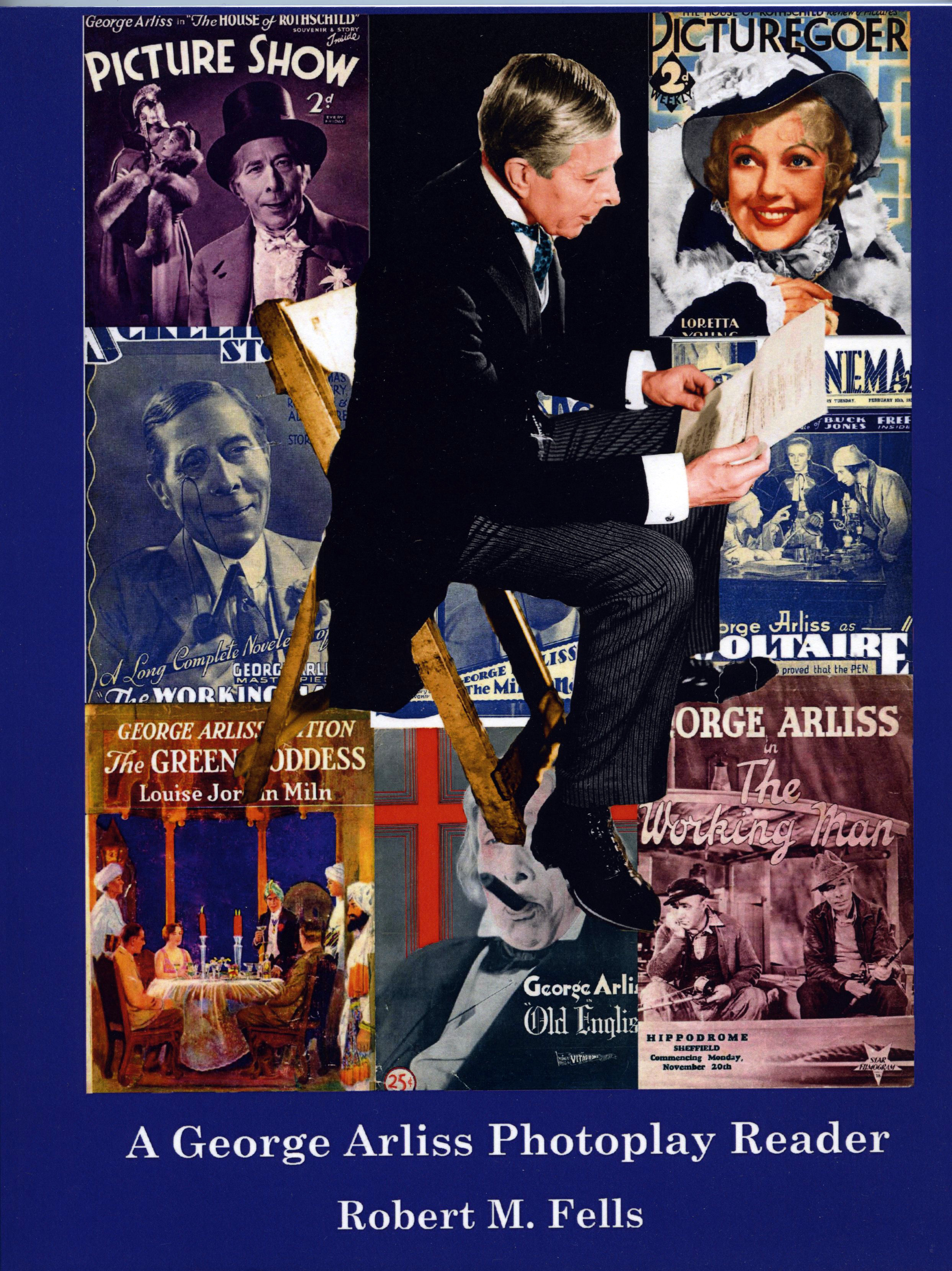

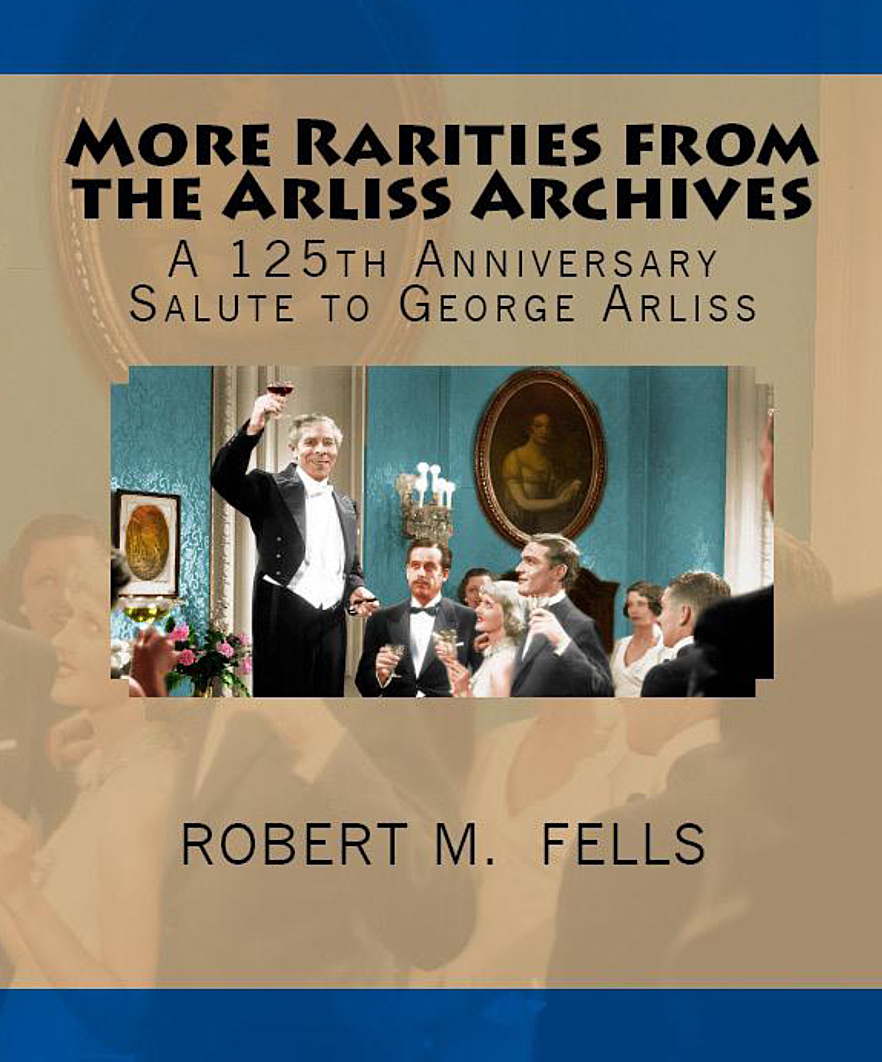
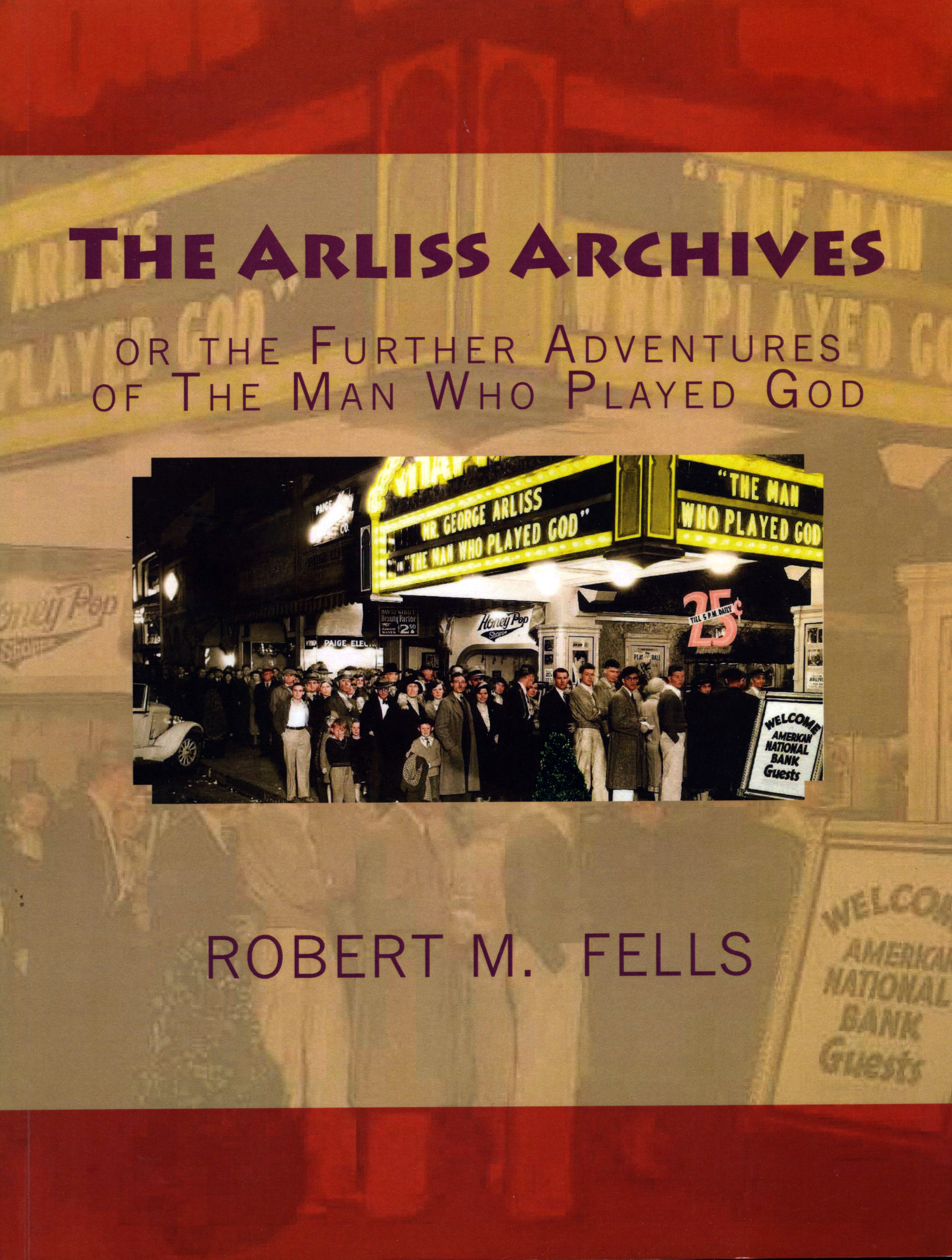
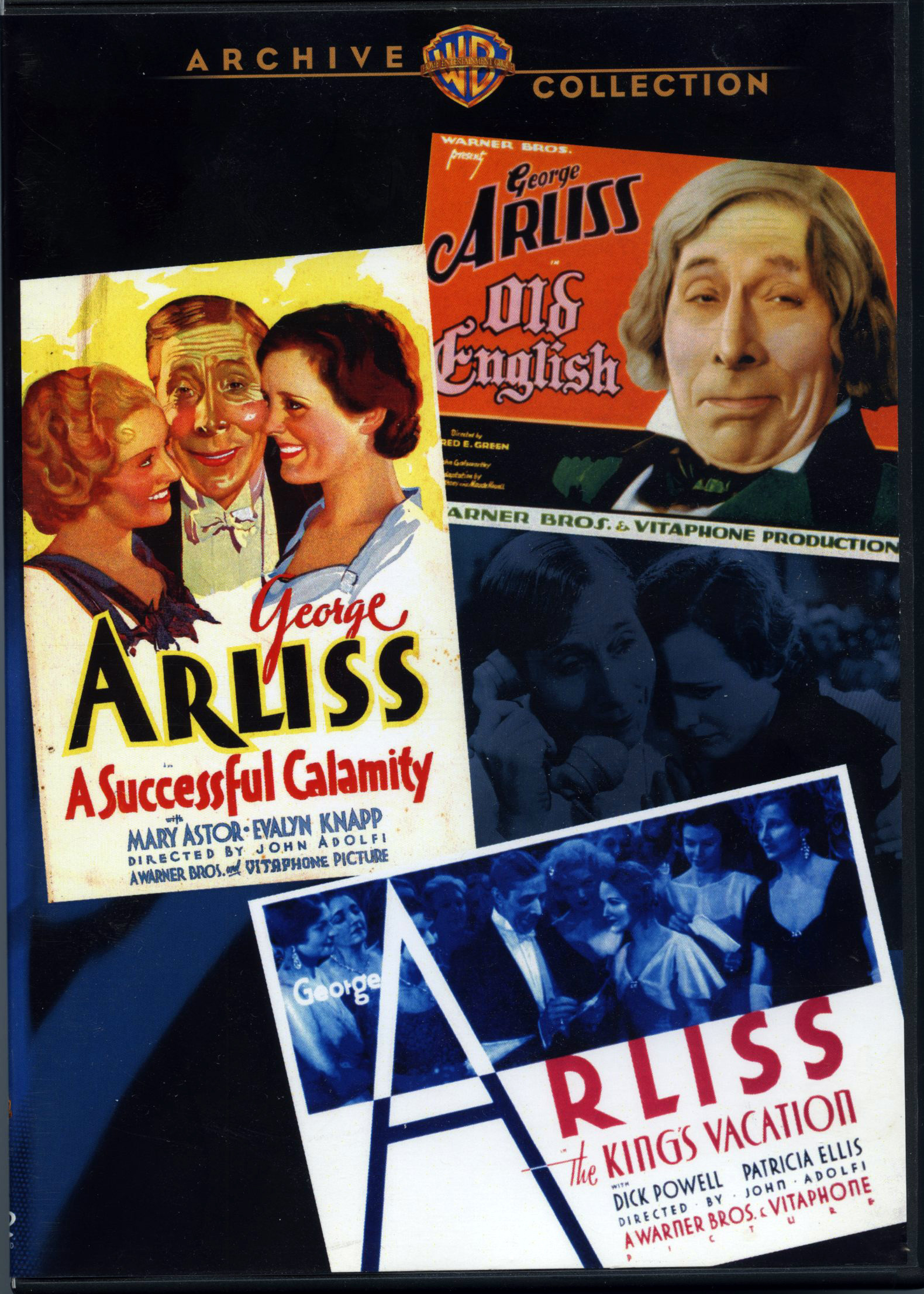




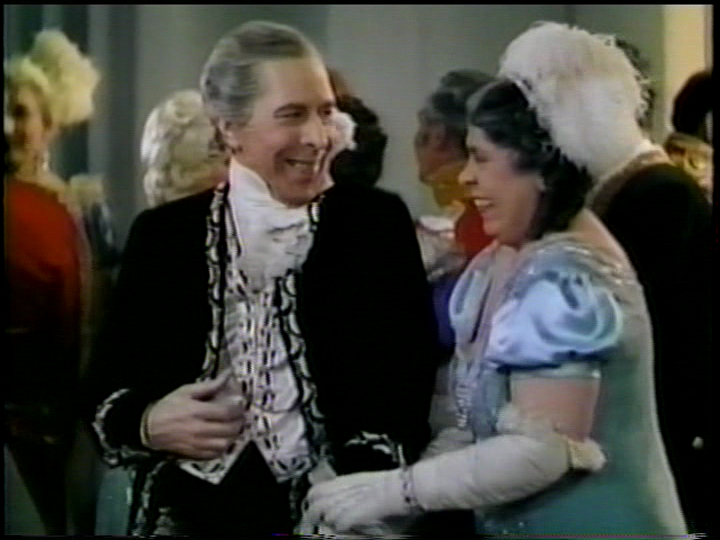

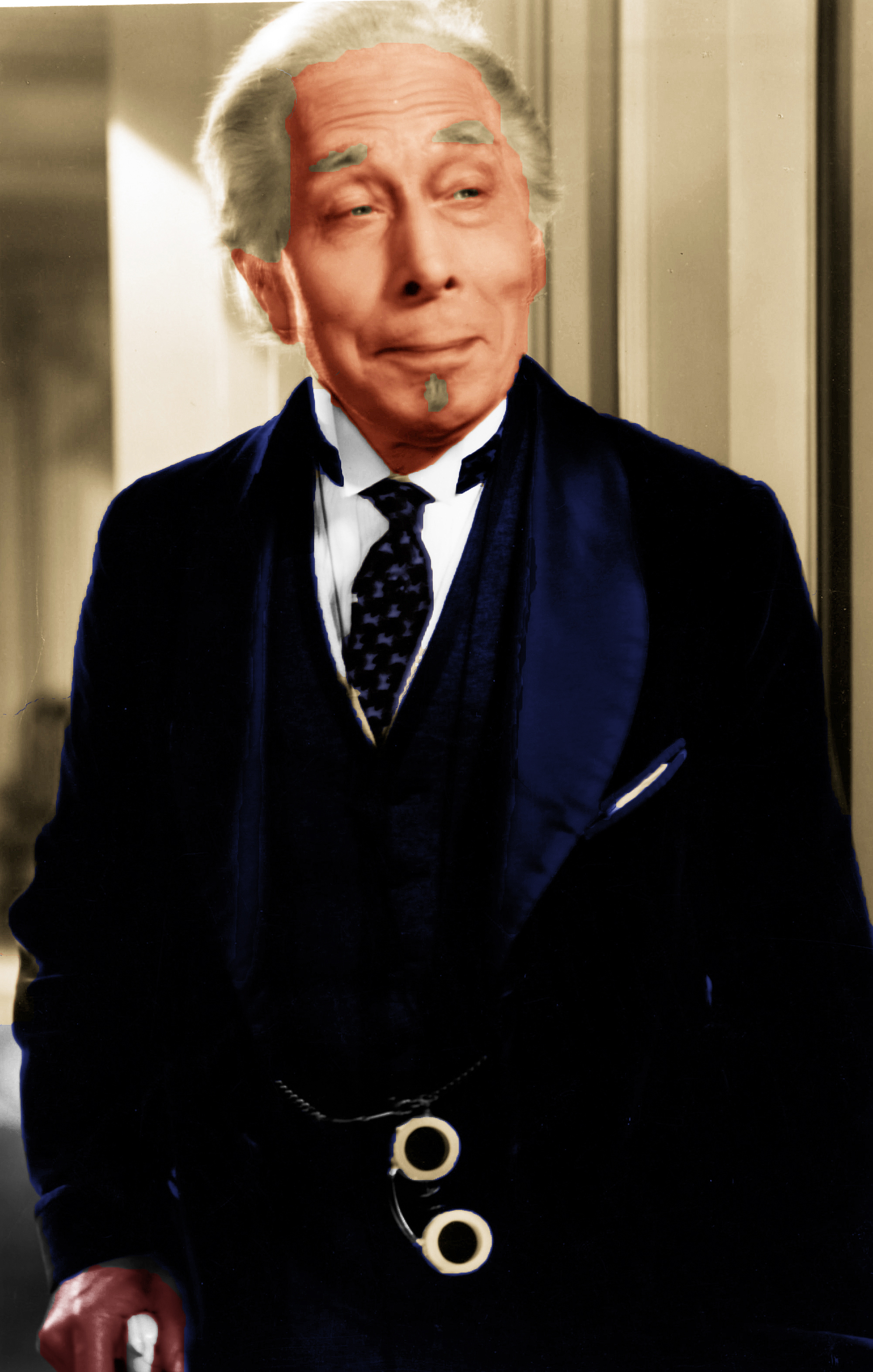
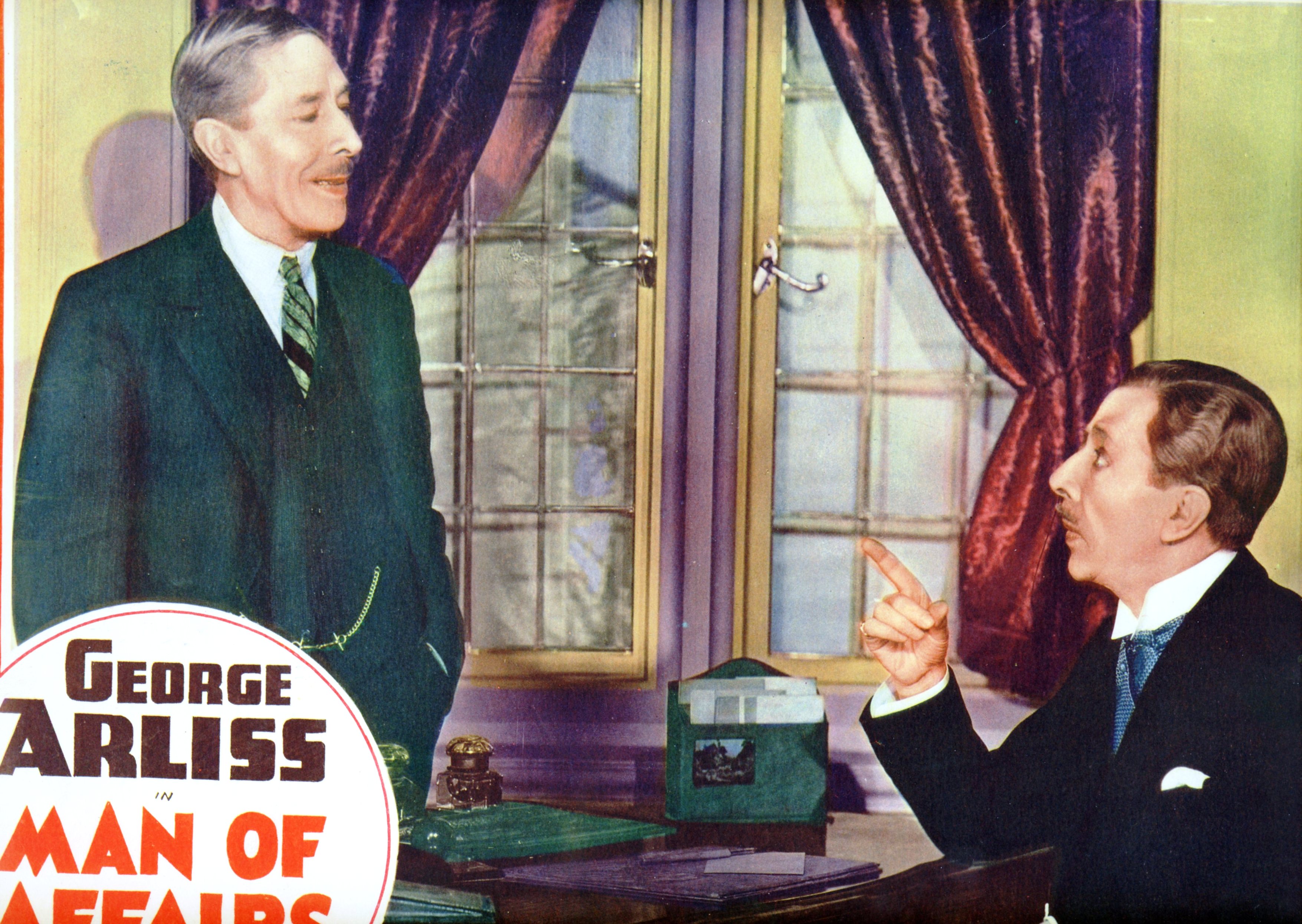

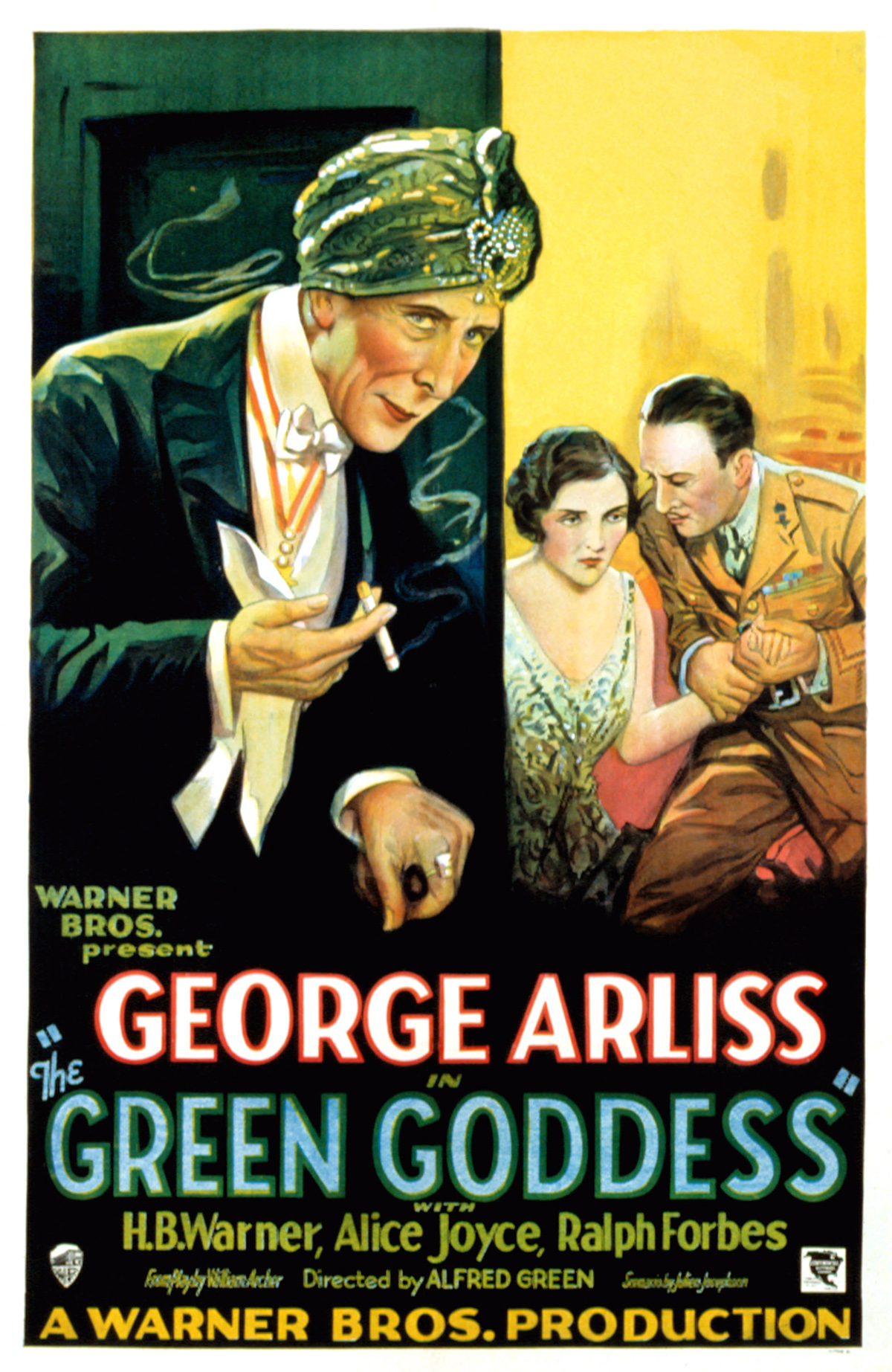
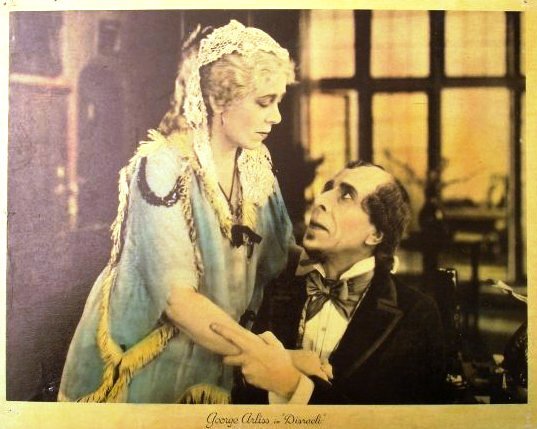

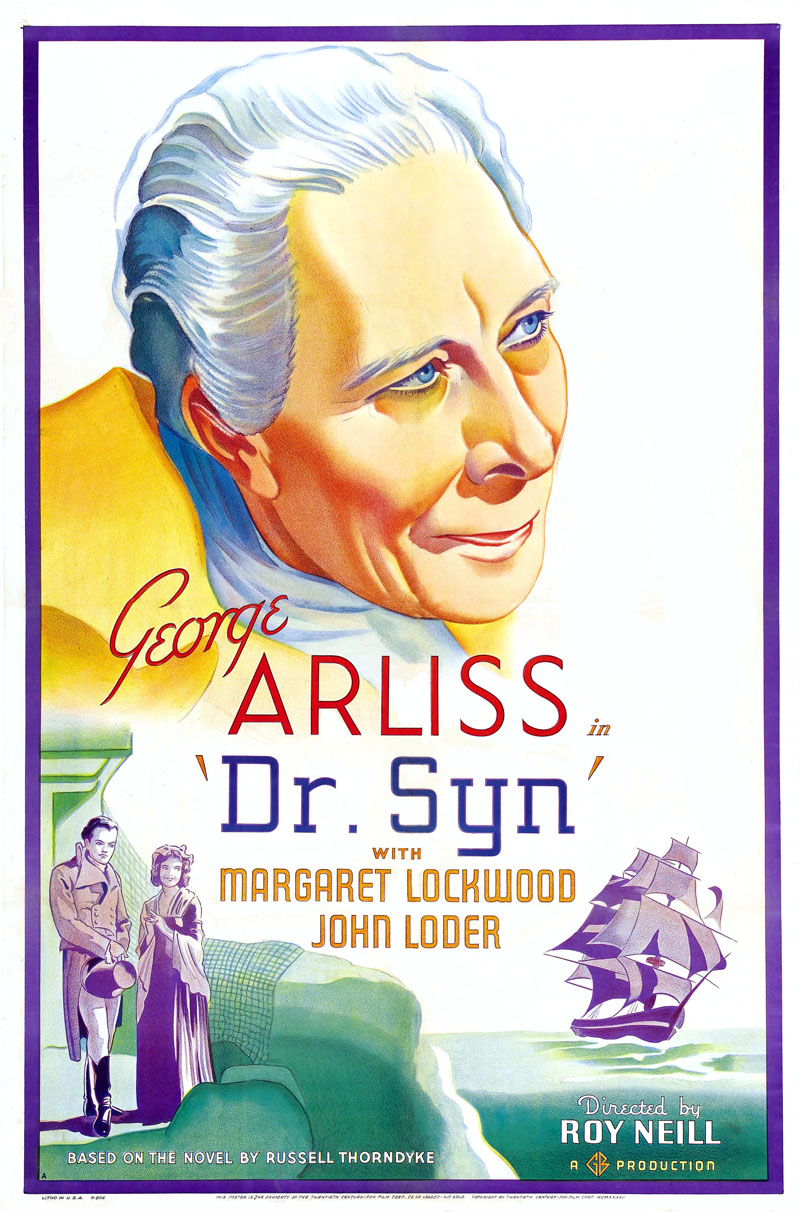
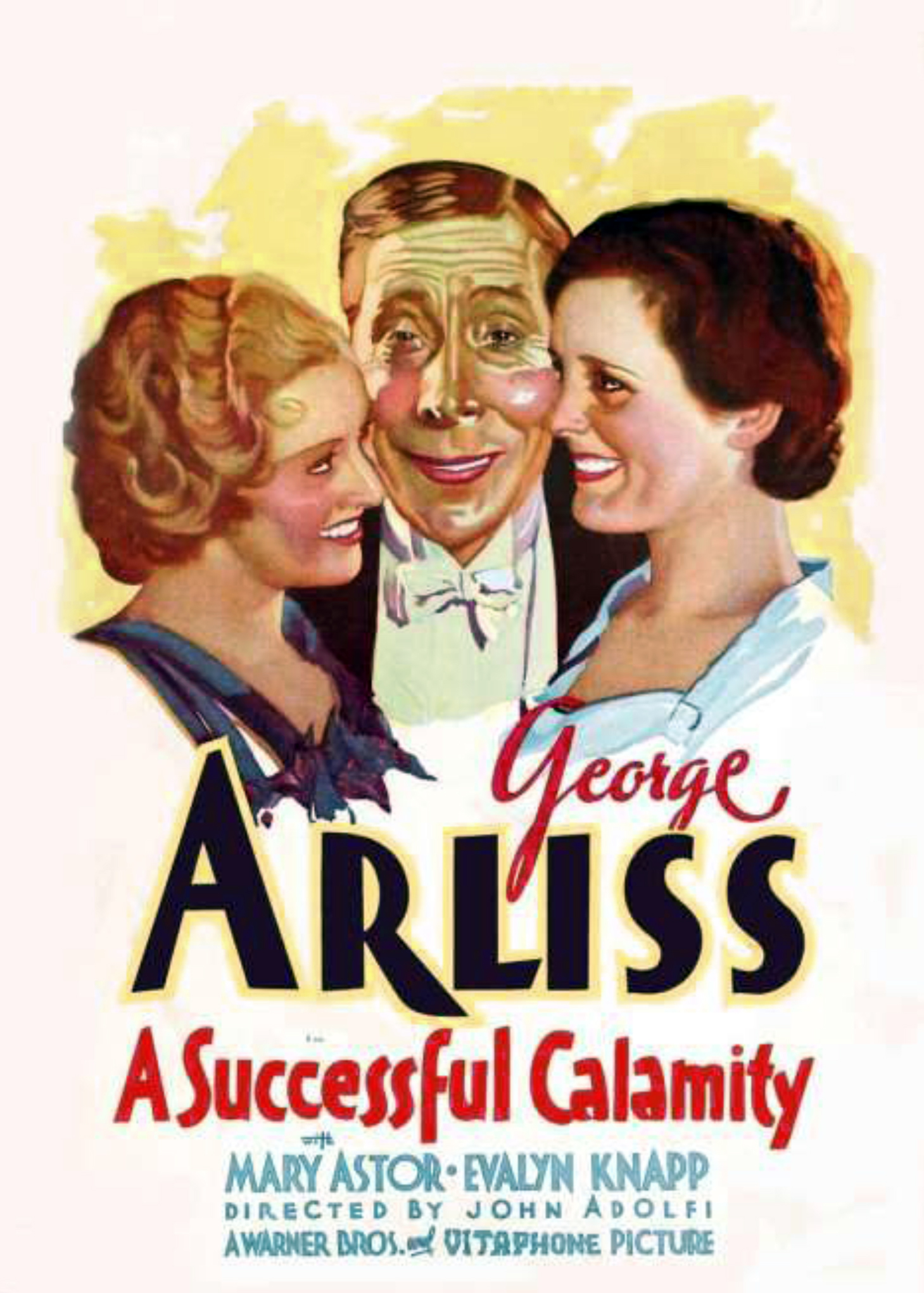


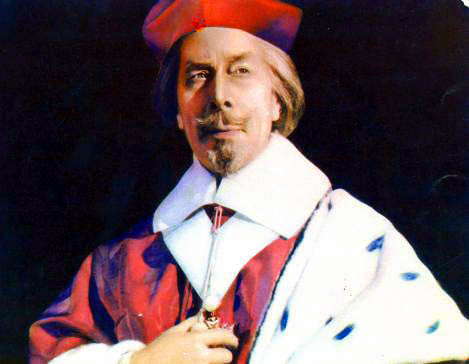

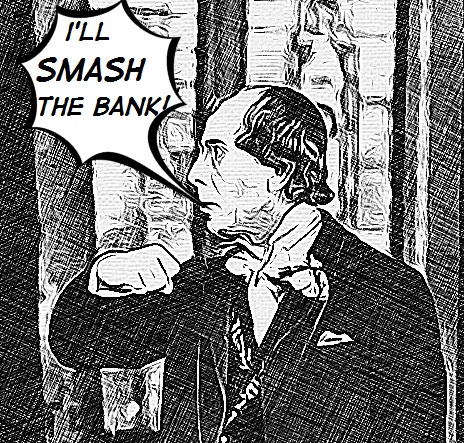


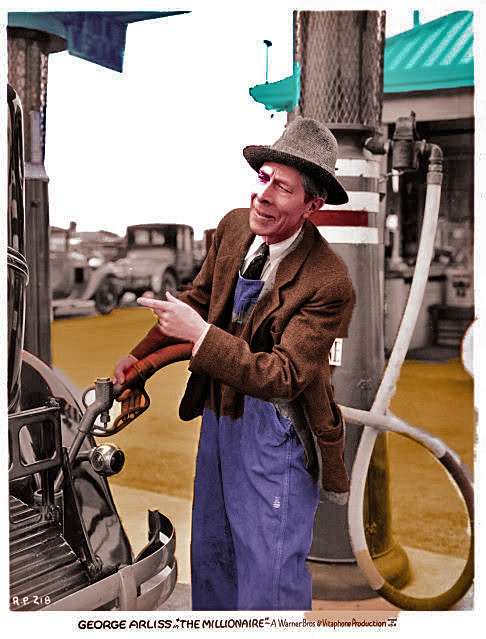

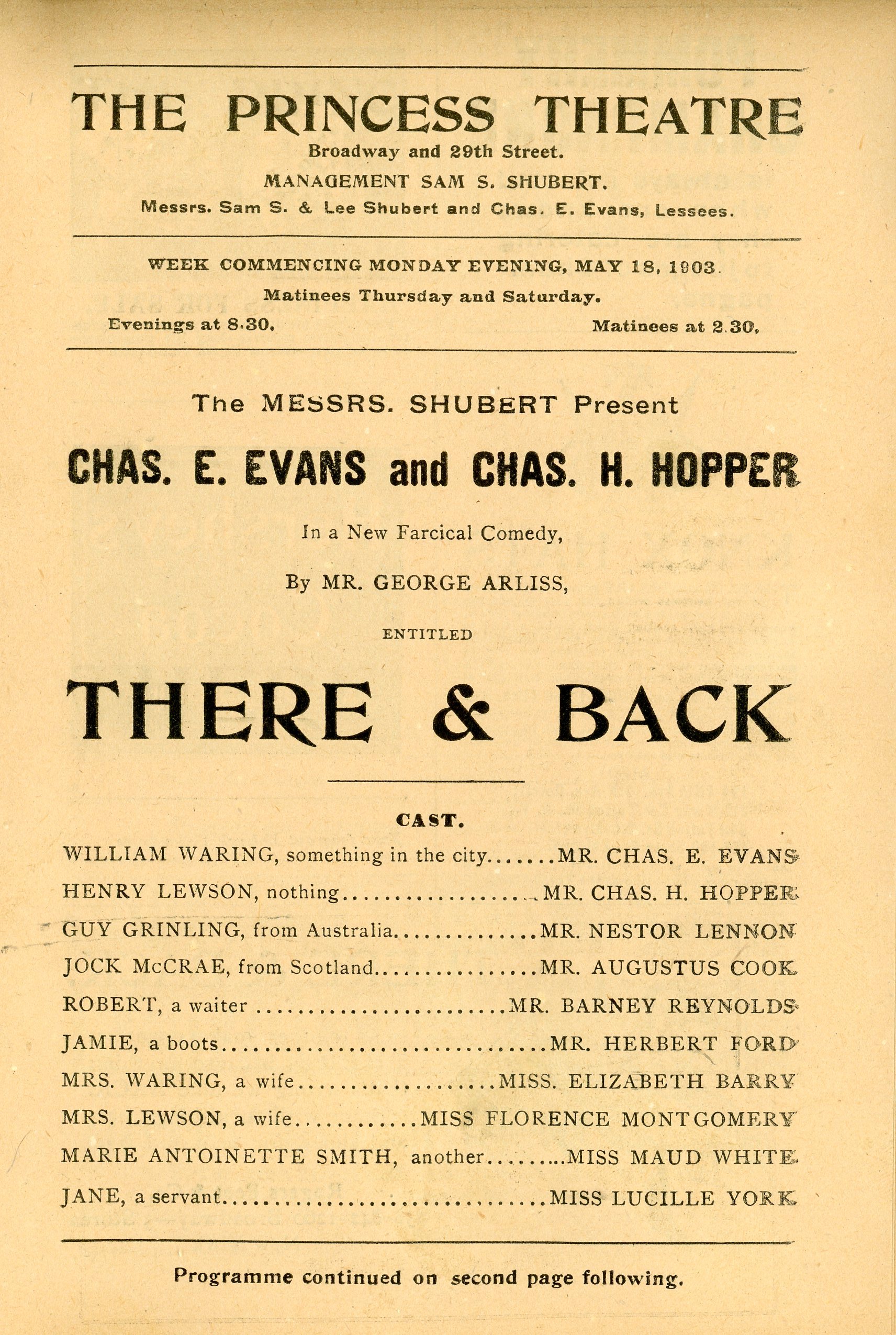

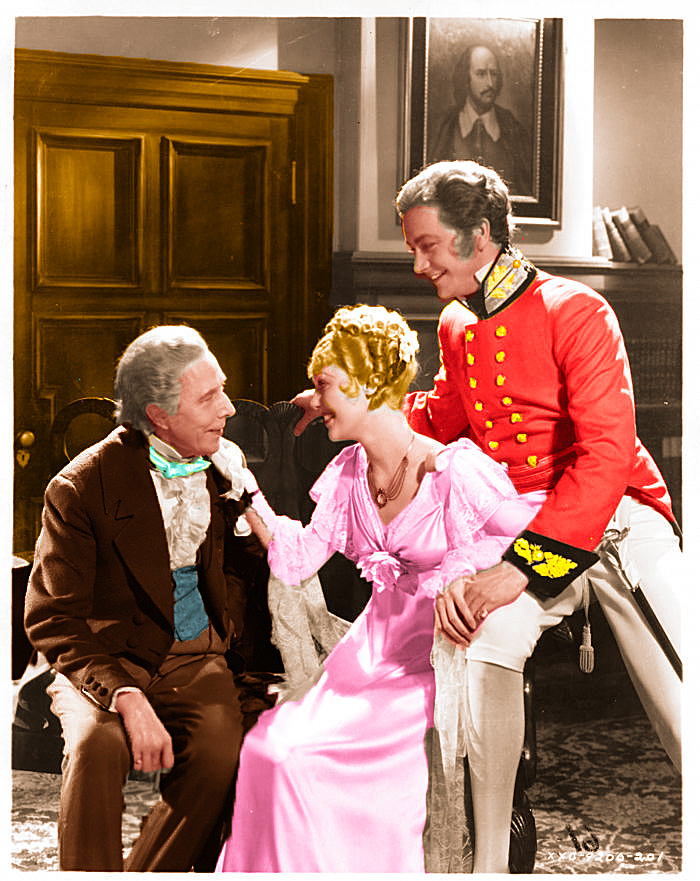
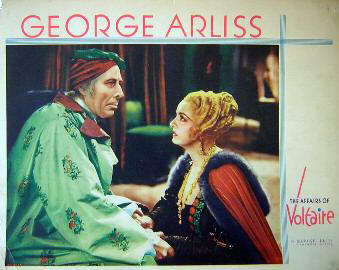
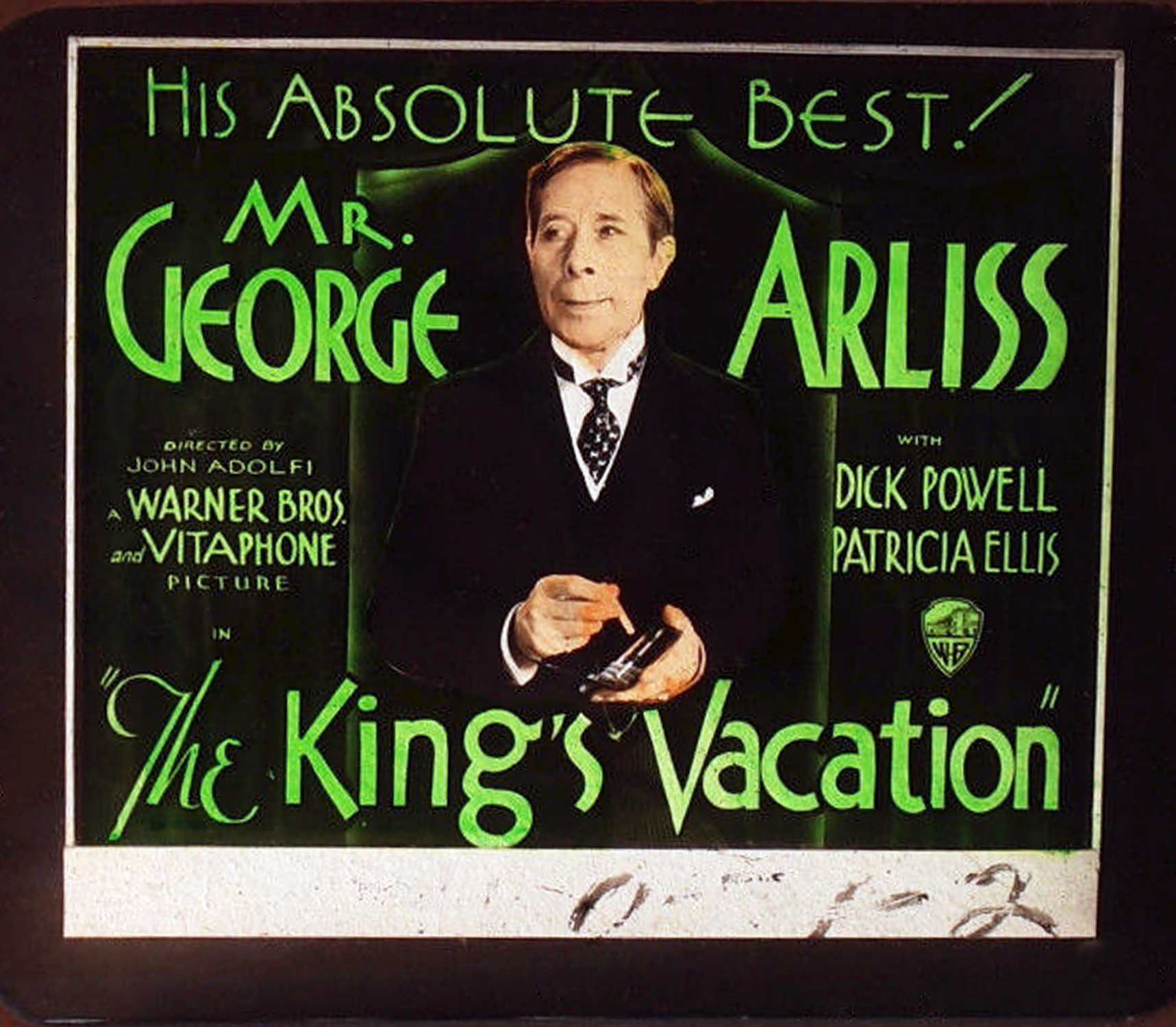

You must be logged in to post a comment.